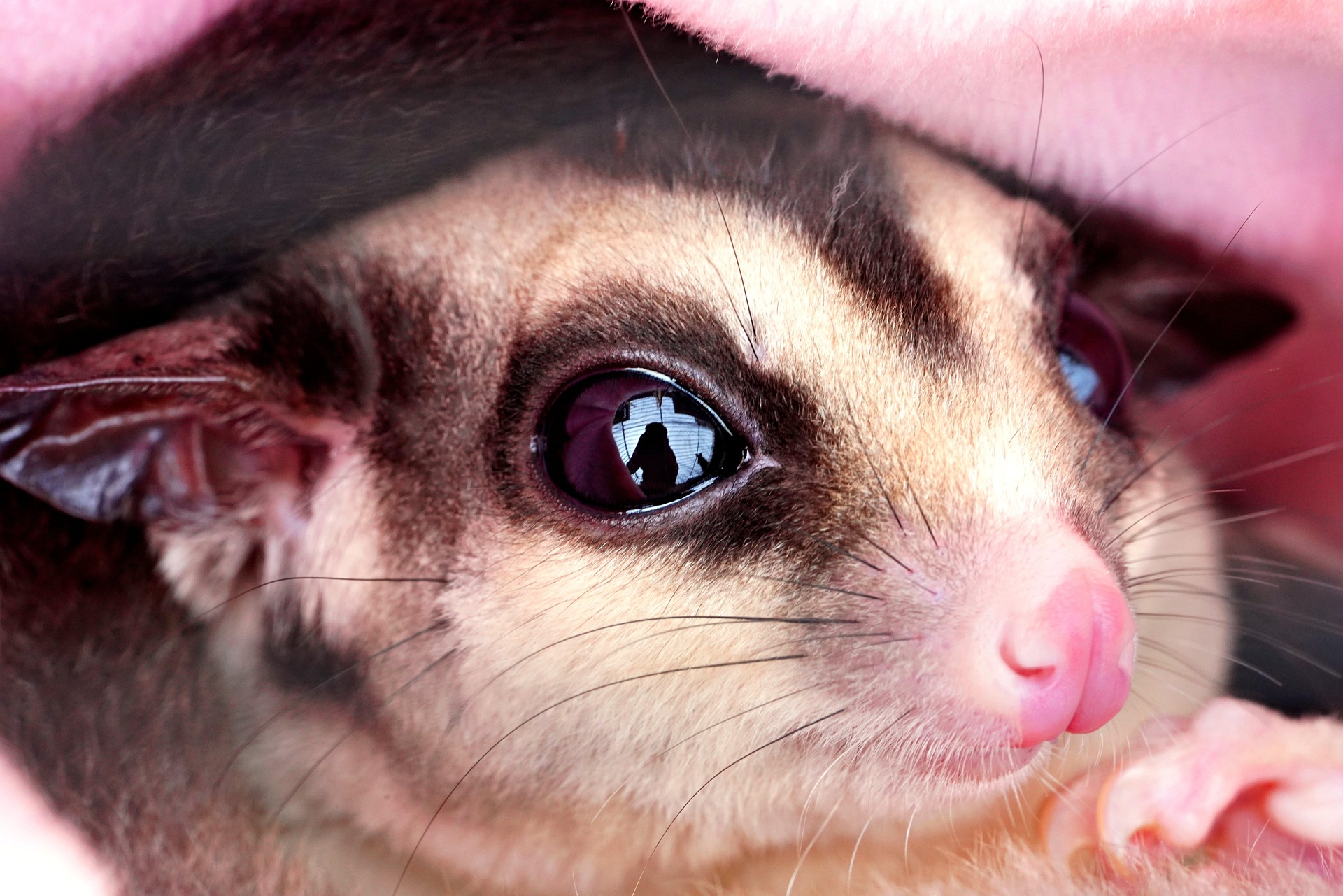Affinity Tribes: The New Social Currency
In a world of fleeting digital connections, a countertrend is emerging. Affinity tribes - tight-knit communities bonded by shared passions - are redefining social belonging. These micro-societies offer deep connection in an age of superficial likes, fostering loyalty that transcends geography. Read below to explore how affinity tribes are reshaping social dynamics and personal identity in the 21st century.

The Rise of Affinity Tribes
Affinity tribes are not a new concept, but their significance has grown exponentially in the digital age. Historically, communities were largely formed based on geographic proximity or familial ties. However, the internet has obliterated these boundaries, allowing like-minded individuals to connect across vast distances. This shift has given rise to tribes centered around shared interests, from obscure hobbies to specific worldviews.
These tribes offer more than just a place to discuss common interests. They provide a sense of identity, belonging, and purpose that many find lacking in their immediate physical communities. In an era of increasing social isolation, affinity tribes offer a lifeline of connection and understanding.
The Psychology Behind Tribal Affiliation
At its core, the appeal of affinity tribes is deeply rooted in human psychology. Humans are inherently social creatures with a fundamental need to belong. This need, often referred to as belongingness theory in psychology, suggests that people have an innate drive to form and maintain lasting, positive, and significant interpersonal relationships.
Affinity tribes satisfy this need by providing a sense of community based on shared passions rather than circumstantial factors. This shared interest creates a strong foundation for connection, often leading to deeper and more meaningful relationships than those formed through proximity alone.
The Digital Catalyst
The digital revolution has been a primary driver in the proliferation of affinity tribes. Social media platforms, online forums, and specialized apps have made it easier than ever for people with niche interests to find each other and form communities. These digital spaces serve as incubators for affinity tribes, allowing them to grow and thrive without the limitations of physical proximity.
However, it’s important to note that many affinity tribes don’t remain purely digital. Often, these online connections lead to real-world meetups, events, and even lifelong friendships. The digital realm serves as a starting point, but the connections formed often transcend the screen.
Redefining Social Currency
In the past, social currency was often measured by the size of one’s social network or the prestige of one’s connections. However, affinity tribes are redefining this concept. Within these communities, social currency is based on passion, knowledge, and contribution to the group.
This shift is particularly evident among younger generations. For many millennials and Gen Z individuals, being part of the right affinity tribe can be more socially valuable than having a large but superficial network of acquaintances. This change reflects a broader societal shift towards valuing authenticity and deep connection over surface-level popularity.
Impact on Personal Identity
Affinity tribes are not just changing how we connect; they’re reshaping how we define ourselves. In a world where traditional identity markers like nationality or social class are becoming less relevant, many people are turning to their passions and interests as primary sources of identity.
This shift can have profound effects on personal development and self-esteem. Being part of a community that truly understands and values one’s interests can boost confidence and provide a sense of validation that might be lacking in other areas of life. However, it’s also important to consider the potential downsides, such as the risk of forming echo chambers or becoming overly dependent on a single community for one’s sense of self-worth.
The Future of Social Structures
As affinity tribes continue to grow in importance, they’re likely to have significant impacts on broader social structures. We may see a shift away from geography-based communities towards more interest-based ones, potentially changing how we approach everything from urban planning to political organization.
However, this trend also raises important questions. How will the rise of affinity tribes affect social cohesion on a broader scale? Will it lead to further polarization, or could it potentially bridge divides by connecting people across traditional social boundaries? As society continues to evolve, these are questions we’ll need to grapple with.
In conclusion, affinity tribes represent a fascinating shift in how we form communities and define our social identities. By offering deep connections based on shared passions, they’re providing a new model of belonging in an increasingly fragmented world. As we move forward, understanding and navigating these new social currencies will be crucial for anyone looking to thrive in our interconnected global society.





